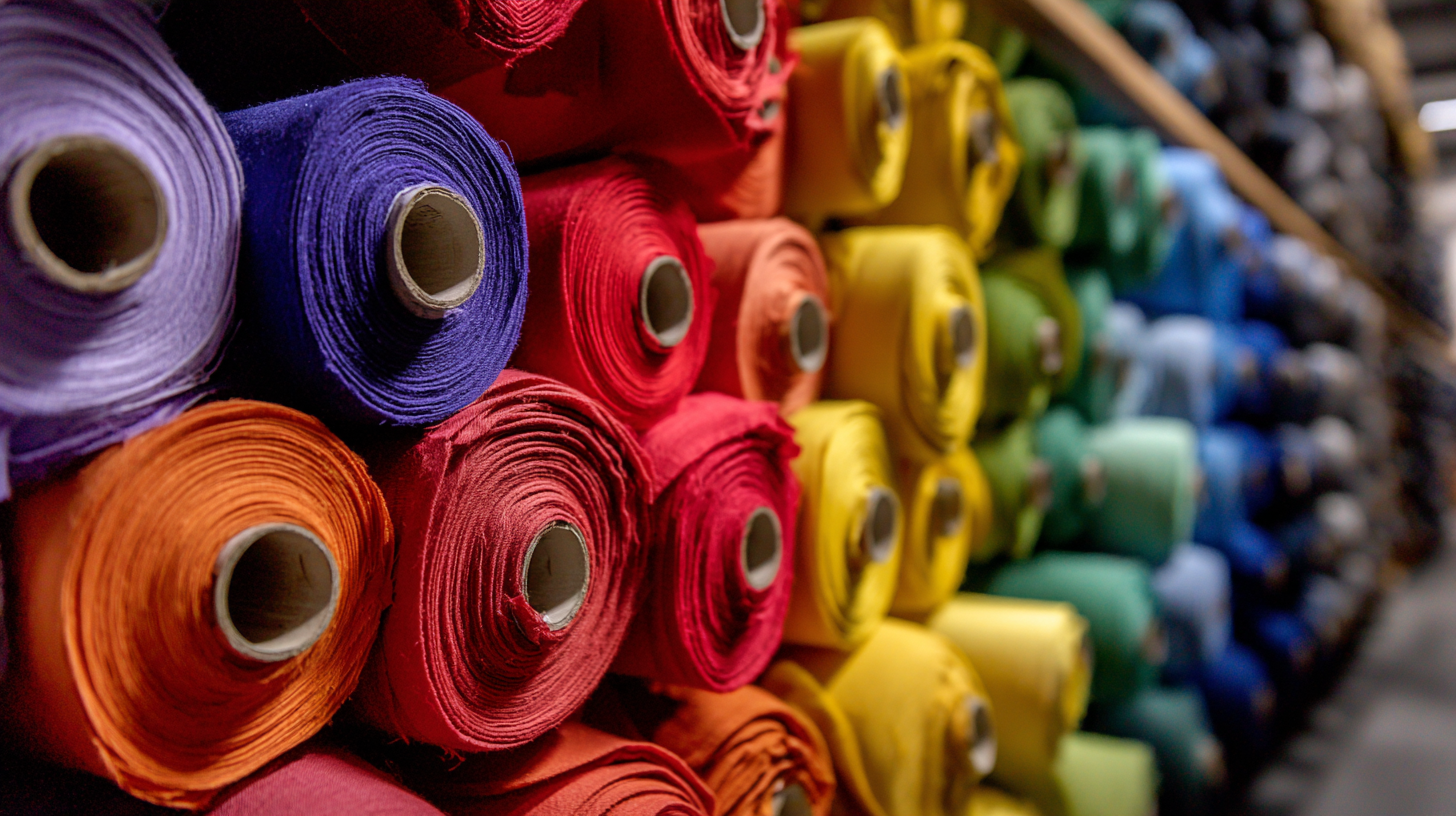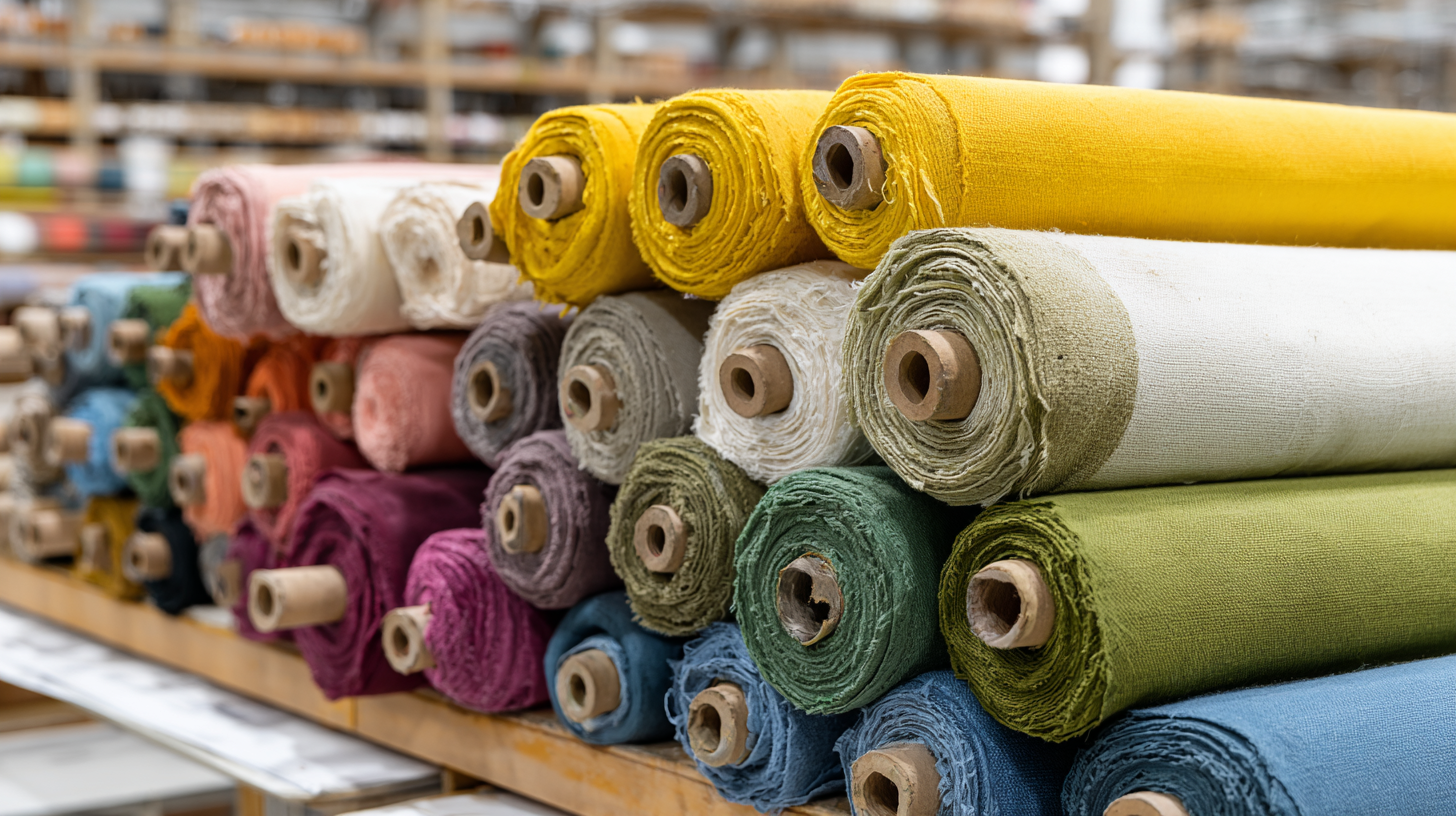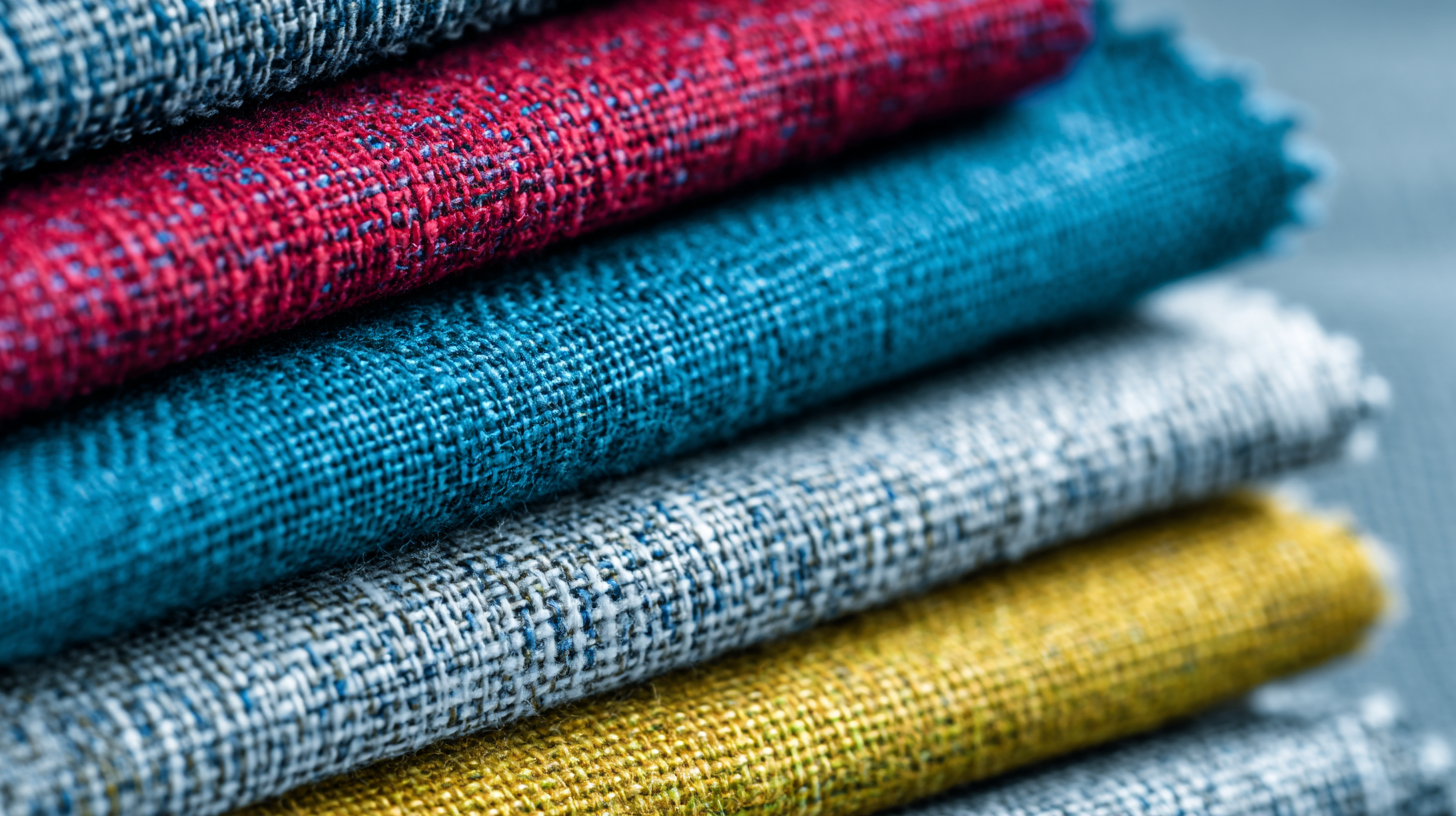As the fashion industry increasingly embraces sustainability, the use of Recycled Pet Fabric has emerged as a pivotal element in reducing environmental impact. According to a report by Research and Markets, the global recycled polyester market is projected to reach approximately USD 12 billion by 2025, driven by the rising demand for eco-friendly textiles. This shift not only reflects a growing consumer preference for sustainable products but also demonstrates the potential for innovation within the industry. With brands and designers seeking to incorporate sustainable materials into their collections, understanding how to choose the best Recycled Pet Fabric becomes crucial. By selecting high-quality recycled materials, fashion businesses can significantly contribute to a circular economy while appealing to environmentally-conscious consumers.

Recycled PET fabric (rPET) is revolutionizing the fashion industry by offering a sustainable alternative to traditional textiles. According to the Textile Exchange's 2021 Preferred Fiber and Materials Market Report, the use of recycled polyester has increased significantly, with more brands committing to sustainable practices. By utilizing recycled plastic bottles and waste, rPET helps reduce the consumption of virgin resources, minimizing the environmental footprint of fashion production.
One of the most compelling benefits of rPET fabric is its ability to divert plastic waste from landfills and oceans. The World Economic Forum estimates that a staggering 300 million tons of plastic waste are generated each year, with only 9% being recycled. By opting for rPET, fashion brands can contribute to a circular economy, reducing both pollution and resource depletion. Furthermore, rPET fabric maintains many desirable qualities such as durability, moisture-wicking, and breathability, making it an attractive option for consumers seeking both sustainability and functionality in their wardrobe choices.
When it comes to sustainable fashion, the choice of recycled pet fabric is crucial, particularly regarding its quality and durability for long-term use. The first aspect to evaluate is the weight and texture of the fabric. A heavier fabric typically indicates better resilience, making it suitable for items that undergo frequent wear. Additionally, the texture should be soft yet robust, ensuring comfort without compromising on durability. Labels often provide information on the fabric’s characteristics, so choose materials that are not only recycled but also designed to withstand daily use.

Another important factor to consider is the fabric's resistance to wear and tear. Look for recycled pet fabrics that undergo thorough testing for pilling, fading, and moisture resistance. These qualities contribute to the longevity of fashion items, ensuring that they retain their appearance and functionality over time. Reviews and certifications can also guide you in making informed choices, helping you identify fabrics that have proven their durability. By considering these factors, consumers can confidently invest in sustainable fashion without sacrificing quality or durability.
When selecting recycled PET fabric for sustainable fashion, cost is a critical consideration. According to a report by the Textile Recycling Association, the production of recycled PET can reduce energy consumption by up to 60% compared to virgin materials. This not only helps lower the carbon footprint but can also lead to cost savings in the long run. However, manufacturers often face a higher initial investment in sustainable materials, which can affect pricing. It’s essential for brands to find a balance between affordability and eco-friendliness to appeal to conscious consumers.
**Tip:** When evaluating recycled PET options, consider sourcing from suppliers who provide transparency in their pricing. This can help you understand the cost structure and identify areas where sustainable practices can be implemented without significantly increasing expenses.
Moreover, investing in recycled fabrics may yield long-term benefits, including building brand loyalty among eco-conscious shoppers. A 2022 study by McKinsey shows that 67% of consumers are willing to pay more for sustainable products. This shift in consumer behavior emphasizes the growing importance of sustainable choices within the fashion industry.
**Tip:** Partner with organizations that focus on sustainability certifications. This not only assures your consumers of the authenticity of your eco-friendly claims but can also justify any premium pricing associated with high-quality recycled materials.
When it comes to maintaining the lifespan of recycled PET fabric products, proper care is essential. Recycled PET, made from plastic bottles and containers, is not only eco-friendly but also requires specific maintenance to ensure durability. First and foremost, always follow the manufacturer's care instructions. Most recycled PET items can be machine washed but using a gentle cycle with cold water helps to preserve the fabric's integrity. Avoid using harsh detergents and opt for eco-friendly alternatives, which reduce chemical exposure to both the environment and the fabric.

Additionally, drying techniques play a vital role in extending the life of recycled PET fabrics. While tumble drying is acceptable, air drying is the best method to prevent wear and tear. Hanging the fabric in a shaded area protects it from direct sunlight, which can cause fading and deterioration over time. For items like bags or clothing, storing them in a cool, dry place will help avoid damage from moisture and pests. By following these simple maintenance tips, you can keep your recycled PET products looking great and feeling fresh, while also contributing to a more sustainable fashion choice.
When selecting recycled pet fabric for sustainable fashion, it’s vital to consider not just the eco-friendly materials but also the after-sales support associated with your purchase. After-sales service can significantly influence your shopping experience and longevity with a brand. A strong warranty policy often indicates a company’s confidence in its product, assuring customers that they are making a wise investment. Just as in various consumer sectors, fashion brands are increasingly recognizing the importance of quality customer service in fostering loyalty and enhancing the overall customer journey.
Moreover, as consumers become more proactive in their choices, they are looking for brands that offer comprehensive support post-purchase. This trend aligns with the broader expectations seen across industries, where businesses prioritize customer experience and satisfaction. Investing in sustainable fashion should come with the assurance that any concerns or issues can be addressed effectively, ensuring that your commitment to sustainability is matched with a brand that values its customer base. Ultimately, choosing a brand with reliable after-sales support can significantly enhance your sustainable fashion journey.
